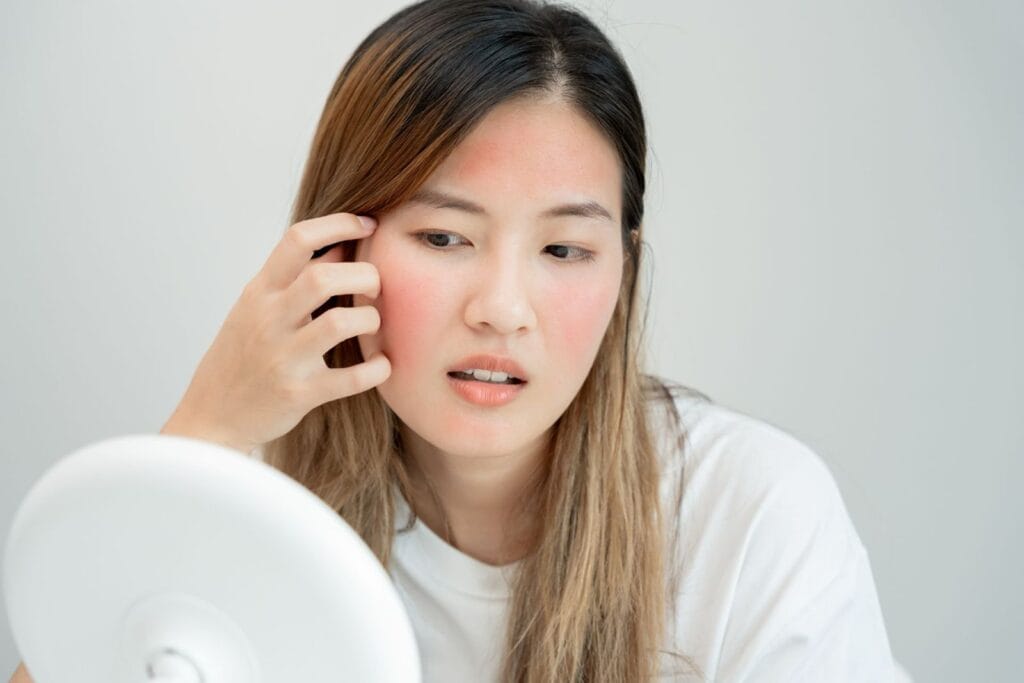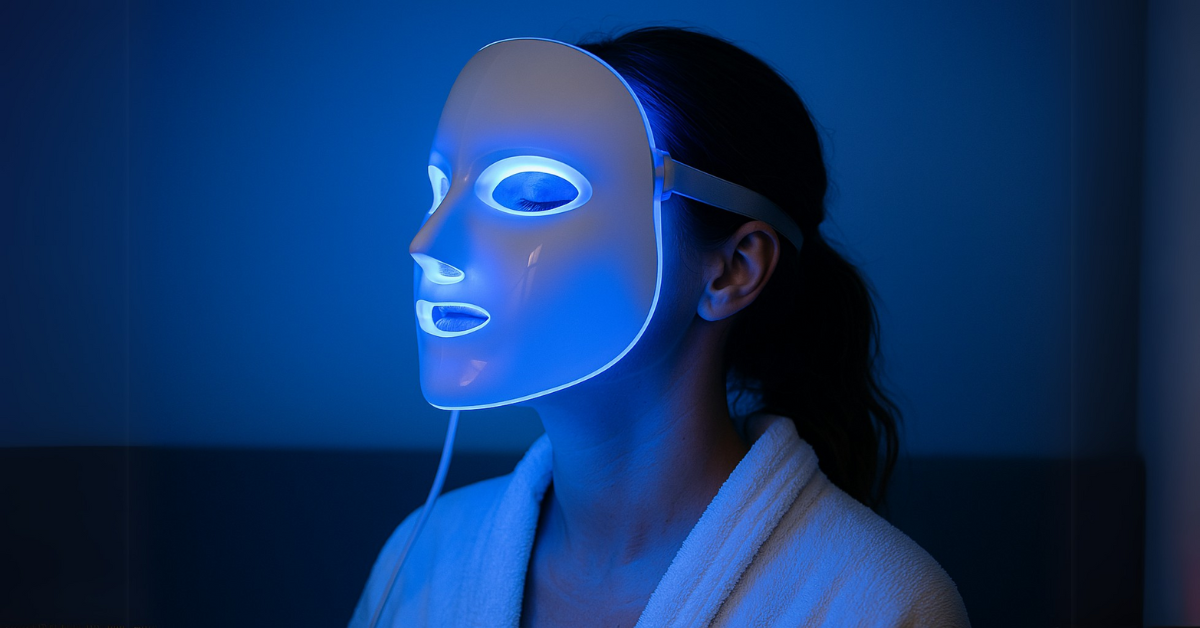Rosacea 101: Understanding Triggers, Symptoms, and Effective Treatments for Healthier Skin
If your face often flushes or experiences persistent redness, it may not just be sensitivity — you could be dealing with rosacea. This chronic skin condition affects approximately 5% of the global population, yet it remains largely misunderstood. In this guide, we will explore everything you need to know about rosacea, including its triggers, symptoms, and effective treatments. Whether you’re seeking professional help or looking for at-home solutions, this article will help you manage your skin health with confidence.
What is Rosacea?
Rosacea is a long-term skin condition that primarily affects the face. It’s characterized by redness, visible blood vessels, and in some cases, small, red, pus-filled bumps. While anyone can develop rosacea, it is most common in middle-aged women with fair skin.
Subtypes of Rosacea
The National Rosacea Society identifies four primary subtypes of rosacea:
- Erythematotelangiectatic Rosacea (ETR): Characterized by redness and visible blood vessels.
- Papulopustular Rosacea: Features redness with acne-like breakouts.
- Phymatous Rosacea: Involves skin thickening, often around the nose.
- Ocular Rosacea: Affects the eyes, causing irritation and redness.
Understanding these subtypes can help in recognizing and treating the condition more effectively.
Common Myths
Many people believe rosacea is caused by poor hygiene or excessive blushing. In reality, rosacea stems from a combination of genetic and environmental factors, not cleanliness.
Common Triggers of Rosacea
Identifying and avoiding triggers is a crucial step in managing rosacea. While triggers vary from person to person, some are more common than others.
Internal Triggers
- Hormonal Changes: Stress, menopause, and hormonal imbalances can worsen symptoms.
- Diet: Spicy foods, alcohol, and hot beverages are common culprits.
External Triggers
- Weather Conditions: Extreme temperatures, strong winds, and sun exposure can irritate the skin.
- Skincare Products: Harsh chemicals, fragrances, and abrasive exfoliants may trigger flare-ups.
Emerging Insights
Recent studies suggest a link between gut health and rosacea. A disrupted gut microbiome may contribute to inflammation, making dietary adjustments an important part of managing the condition.
Recognizing the Symptoms of Rosacea
Early detection of rosacea can help manage symptoms and prevent them from worsening. Here are the key symptoms to watch for:
- Persistent redness on the cheeks, nose, forehead, or chin.
- Visible blood vessels.
- Small, pus-filled bumps that resemble acne.
- Thickened skin, particularly on the nose.
- Burning or stinging sensations.
- Eye irritation, including dryness and redness (ocular rosacea).

How to Differentiate Rosacea from Other Conditions
Rosacea can be mistaken for acne, eczema, or allergic reactions. Unlike acne, rosacea does not produce blackheads, and its redness is more persistent than eczema. Consulting a dermatologist can provide a clear diagnosis.
Effective Treatments for Rosacea
While there is no cure for rosacea, various treatments can help manage symptoms and prevent flare-ups.
Medical Treatments
- Topical Medications:
- Metronidazole: Reduces inflammation and redness.
- Azelaic Acid: Helps clear up acne-like bumps.
- Oral Antibiotics:
- Doxycycline is often prescribed for moderate to severe rosacea.
- Prescription Creams:
- Brimonidine and oxymetazoline can temporarily reduce redness by constricting blood vessels.
Procedural Treatments
- Laser Therapy: Targets visible blood vessels and reduces redness.
- Dermabrasion: Smooths thickened skin caused by phymatous rosacea.
At-Home Remedies
- Gentle Skincare: Use fragrance-free cleansers and moisturizers.
- Natural Remedies: Aloe vera, chamomile, and niacinamide can soothe irritated skin.
- Daily SPF: Protecting skin from the sun is non-negotiable for rosacea management.
Innovations in Treatment
While there have been advancements in rosacea treatments, including new medications and therapies, it’s essential to consult with a healthcare provider for the most current and personalized treatment options.
Lifestyle Tips for Managing Rosacea
A few lifestyle changes can significantly reduce the frequency and severity of rosacea flare-ups.
- Modify Your Diet:
- Avoid triggers like spicy foods and alcohol.
- Incorporate anti-inflammatory foods, such as leafy greens and omega-3 fatty acids.
- Manage Stress:
- Practice mindfulness, yoga, or meditation to lower stress levels.
- Seasonal Care:
- Use a humidifier in winter to prevent dryness.
- Wear a wide-brimmed hat and SPF in summer to shield your skin from the sun.
- Skincare Do’s and Don’ts:
- Do: Patch-test new products before use.
- Don’t: Use exfoliants or alcohol-based toners.
FAQs About Rosacea
Is Rosacea Curable?
No, rosacea is a chronic condition, but it can be effectively managed with proper treatment.
What’s the Best Makeup for Rosacea-Prone Skin?
Look for non-comedogenic, fragrance-free products that provide good coverage without clogging pores.
Can Rosacea Be Prevented?
While there is no surefire way to prevent rosacea, avoiding triggers and following a consistent skincare routine can minimize flare-ups.
How Do I Know If I Have Ocular Rosacea?
If you experience red, irritated eyes along with facial redness, consult an ophthalmologist for a diagnosis.
Final Words
Rosacea may be a challenging condition, but with the right knowledge and care, it is manageable. By identifying triggers, recognizing symptoms, and exploring effective treatments, you can take control of your skin health.





